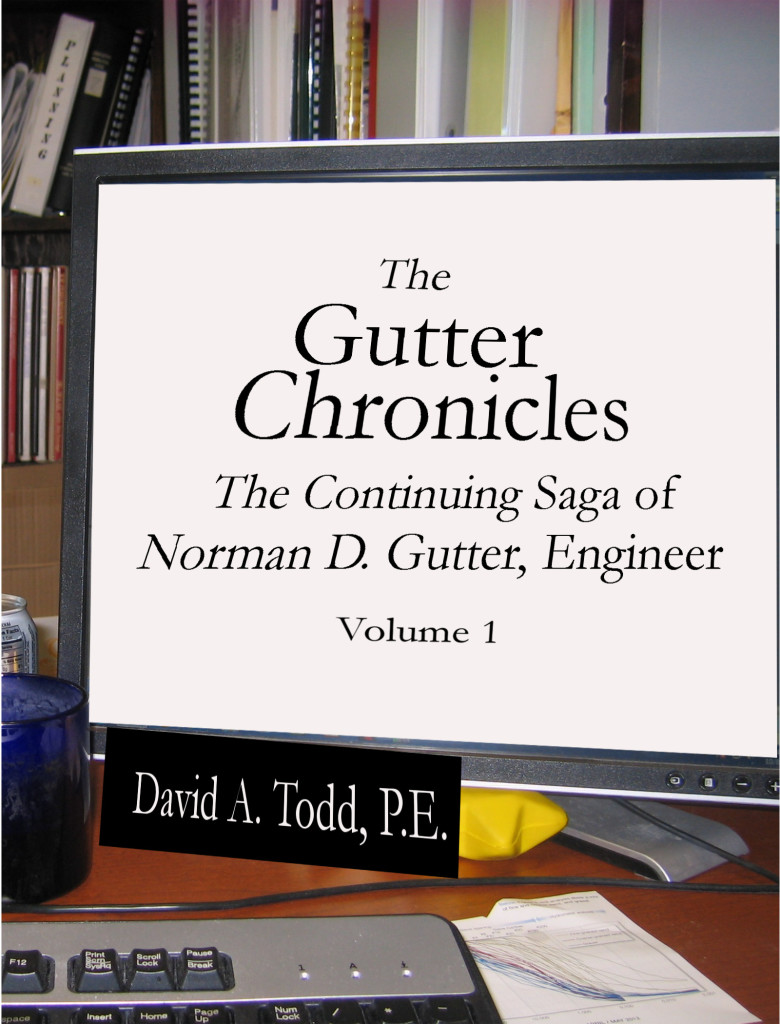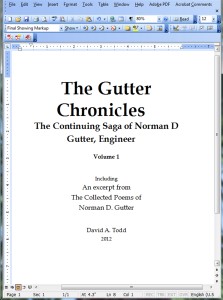I was supposed to post to this blog yesterday. But it was Election Day, and so I was tied up watching returns in the evening; and I had plenty to do and work to do during the day, and I didn’t get anything written and posted. Today I’ll rectify that with a day-late post.
It seems good for me to talk about how I’ve used my limited writing time of late. I’m still in the Time Crunch, and will be for several months. Rather than having big blocks of time, I have small chunks of time, perhaps a half hour in the evenings after finishing other obligations. Or maybe that much time before work or during the noon hour. They are small enough that I couldn’t take on a large project, but they are still snippets of time in which I can somehow further my writing career.
Over the last two weeks I’ve had two main projects for these snippets. One is to continue to skim/read the letters of Thomas Carlyle, looking for references to his written works. I’ve done that on a hit or miss basis before, looking for specific references to a specific work. This time, I’m going through the letters from beginning to end. My purpose for doing this is to support the composition chronology of his writings. I don’t know if I’ll ever publish that or not. Heck, I don’t know if I’ll ever finish it or not. For sure it would be a huge project, and the form of it would be tough to pull off in a standard size book (meaning height and width, not length). But for now I’m doing it, from beginning to end. I’m concentrating on his first 50 compositions (excepting letters). In fact, I’m almost done with that . I’ve gone through his letters that go up to the days of his 50th composition, and have entered the letter dates and recipients in the chronology. I think I have only three or four more compositions to do the typing on.
The other project is my poetry book, Father Daughter Day. As I’ve reported before, that book has been done for a long time. I’ve been stalled for years because I wanted to publish it as an illustrated book. I finally gave up on ever finding an illustrator willing to take it on spec, and so plan on publishing it soon. But, I need to have a cover made. I’ve been looking around for a photo to serve as a cover, but will still need an artist to add things to the cover.
This week I may have found the artist. I asked a man in my Life Group at church, who has done some sketches and posted them to Facebook of the type I’m interested in. He said he couldn’t do it, as the inspiration to draw has left him for a time. He said he would get one of his artist friends in touch with me. He was true to his word, and yesterday I had a conversation with that artist and shared my vision for the book and the cover. Today she reported to me that she had read the book, has ideas not only for the cover but also for some interior illustrations. And, she’s willing to do it on spec, rather than as up-front compensation. I need to e-mail her again today to further the process, and will do that as soon as I post this.
So, even though I’m in the Time Crunch, and writing of books and articles isn’t possible, I’m still at work with my flickering writing career. Perhaps I’ll have my poetry book out in January 2015. That would be a nice outcome.





